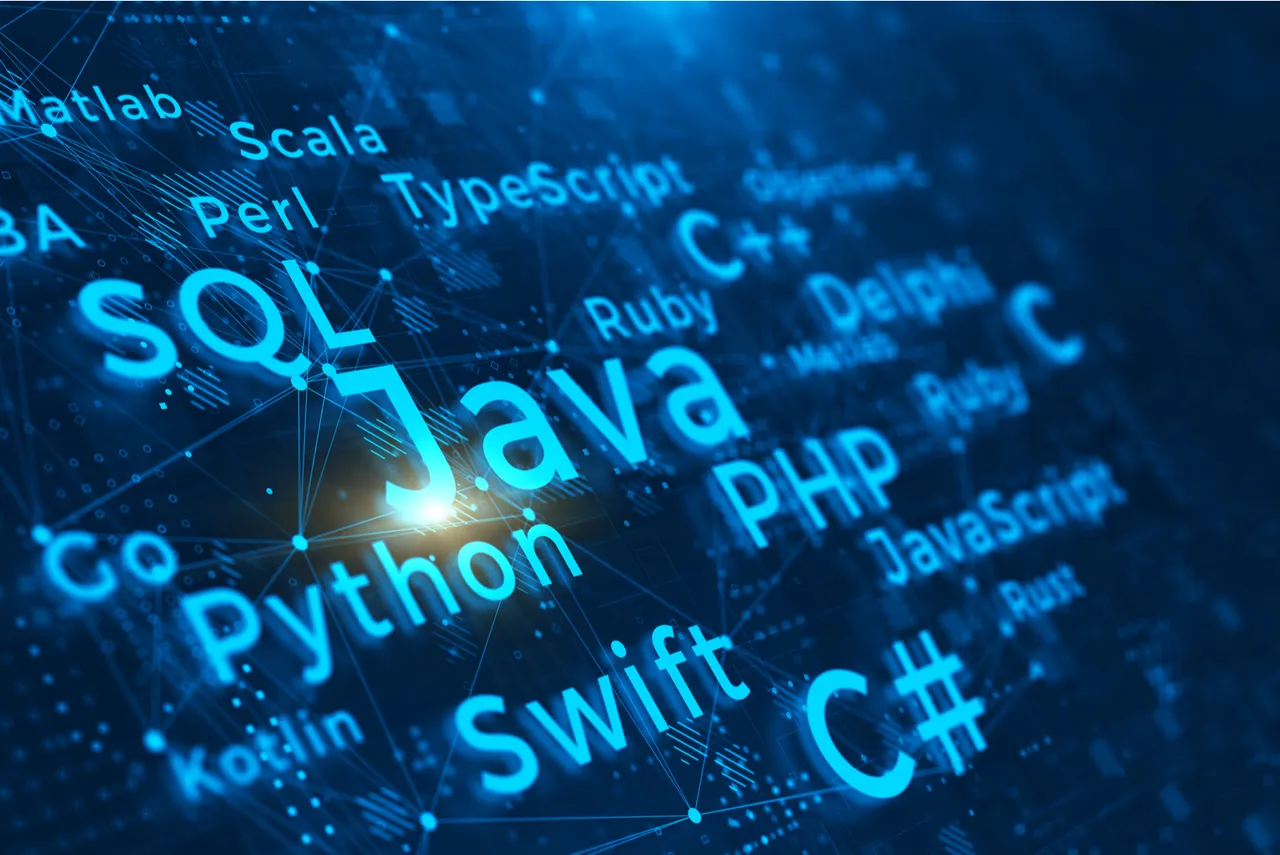``Data Science Projects with Python`` is meticulously crafted to provide practical guidance on utilizing industry-standard data analysis and machine learning tools in Python, utilizing real-world datasets. This course empowers you to grasp how to leverage pandas and Matplotlib to meticulously examine datasets through summary statistics and visualizations, extracting the desired insights effectively.
Continuing your learning journey, you will delve into data preparation techniques and the application of machine learning algorithms, such as regularized logistic regression and random forest, utilizing the scikit-learn package. You will explore techniques for fine-tuning these algorithms to yield optimal predictions on new and unseen data instances.
Advancing through subsequent chapters, you will gain a comprehensive understanding of the inner workings and outputs of these algorithms. This knowledge will not only enhance your predictive modeling capabilities but also enable you to comprehend the rationale behind these predictions.
Upon completing this course, you will possess the skills necessary to proficiently employ various machine learning algorithms for in-depth data analysis and extract actionable insights from datasets with confidence.
Hands on Training
Data Science Projects with Python takes a case study approach to simulate the working conditions you will experience when applying data science and machine learning concepts. You will be presented with a problem and a data set and walked through the steps of defining an answerable question, deciding what analysis methods to use, and implementing all of this in Python to create a deliverable.


